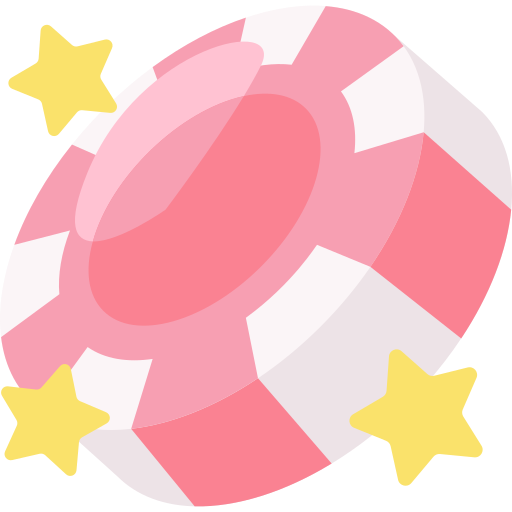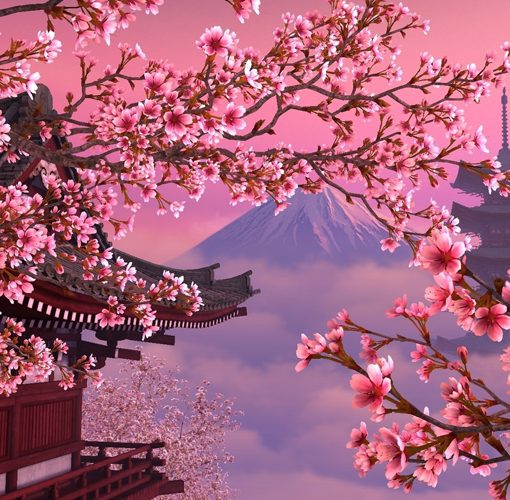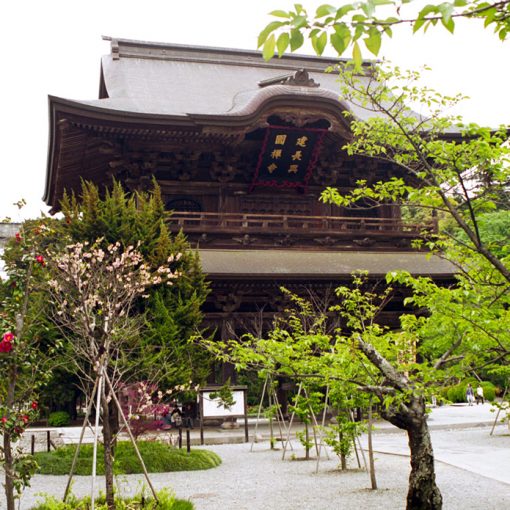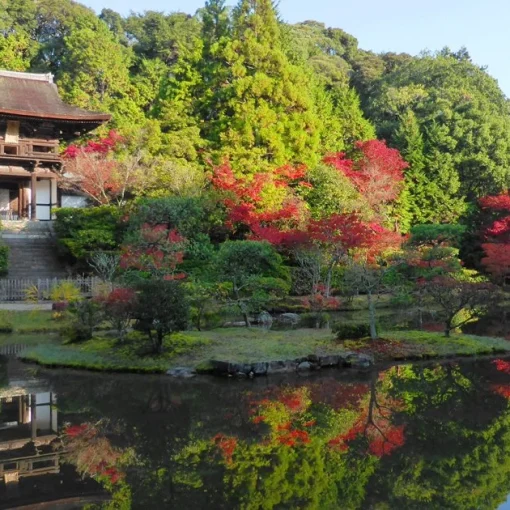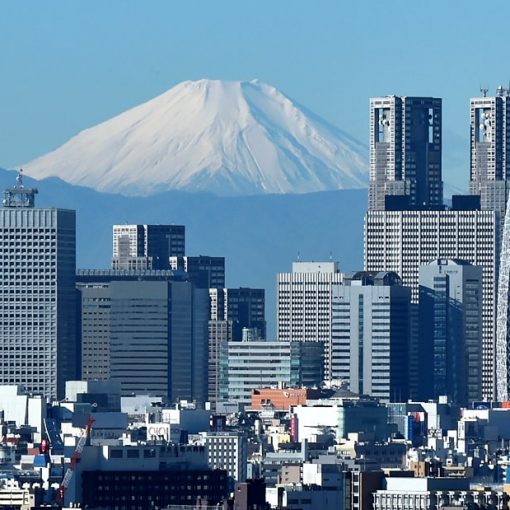Iwate Prefecture is located in the northeastern part of Honshu, bordering the prefectures of Aomori, Akita and Miyagi, and from the east it is washed by the waters of the Pacific Ocean. A significant part of the Iwate coastline is included in the national natural park – Rikuchu Kaigan (Rikuchu Kaigan). The landscapes of the Iwate coast fascinate with the contrast of majestic cliffs, as if growing out of the sea, and a picturesque strip of calm beach.
Iwate is the largest prefecture in the Tohoku region. There are beautiful landscapes, interesting traditions and folklore, as well as a UNESCO World Heritage Site in the city of Hiraizumi.
Another national natural park, Towada-Hachimantai, also attracts tourists to Iwata. Hachimantai is home to many ski slopes and hot springs. Lovers of outdoor activities and beautiful views come here.
It is worth visiting the hot springs in the town of Hanamaki, where you can not only visit the onsen, but also get acquainted with the traditional rural life.
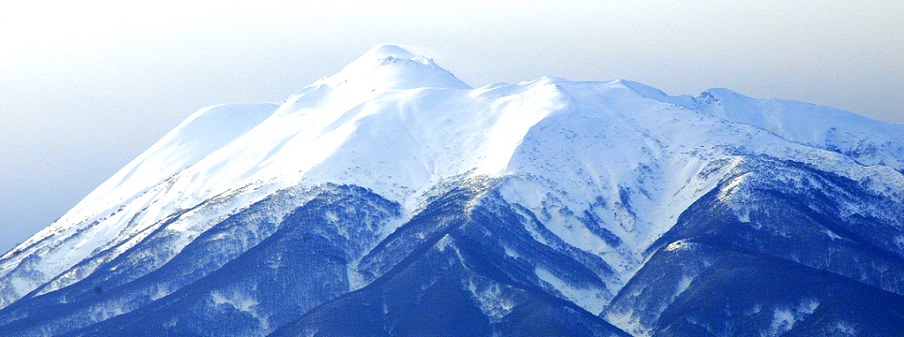
To immerse yourself in history and culture, head to Hiraizumi, a treasure trove of the country’s historical heritage. Hiraizumi’s main attraction is Chusonji Temple, with its glittering golden Konjiki-do pavilion, a true work of art that has been preserved in its original form to this day.
Chusonji Temple
The once remote region of Tohoku was called “Michinoku”. This “promised land” was for a long time ruled by Oshu Fujiwara (the northern family of Fujiwara). For almost 100 long years, Hiraizumi prospered and did not see wars (then it was called the “ideal settlement of Hiraizumi”).
After defeating the Taira, Minamoto no Yoshitsune was excommunicated from the clan, but Fujiwara Oshu interceded for him, getting involved in the conflict of the Minamoto house, due to which northern Fujiwara was completely destroyed in 1889. It seems that the conflict broke out due to the fact that Fujiwara no Hidehira planned to appoint Yoshitsune the head of the new government, only Hidehira soon died, and Fujiwara no Yasuhiro (his successor) was not able to oppose the Kamakura shogunate. Thus the kingdom of Oshu Fujiwara, Hiraizumi, was forgotten.
A deeply religious Minamoto no Yoritomo, impressed by the Buddhist culture of Hiraizumi, promised to save the temple. However, due to the loss of support from the northern Fujiwara, Chūsonji Temple gradually fell into disrepair. Like the haiku “Samidare no furinokoshite ya hikarido” (“五月雨の 降り残してや 光堂”, roughly translated: “Traces of the May Rains and the Golden Temple”), this shrine looks abandoned against the backdrop of the local landscape.
Rikuchu Kaigan
A national park located in the north of Honshu in the prefectures of Iwate and Miyagi. It was formed on May 2, 1955. The park includes a narrow 180-kilometer zone of the Pacific coast, which is interesting for examples of marine erosion in rocks (rock pillars, grottoes, etc.).
The northern part is more characterized by steep cliffs, while the southern part is distinguished by many bays and small bays. The popular Jodogahama Beach is located in the center of the park, outside Miyako City. An abundance of red pines and rhododendrons, several interesting bird species, including the black-tailed gull and petrel. The land area of the park is 123.5 sq. km.
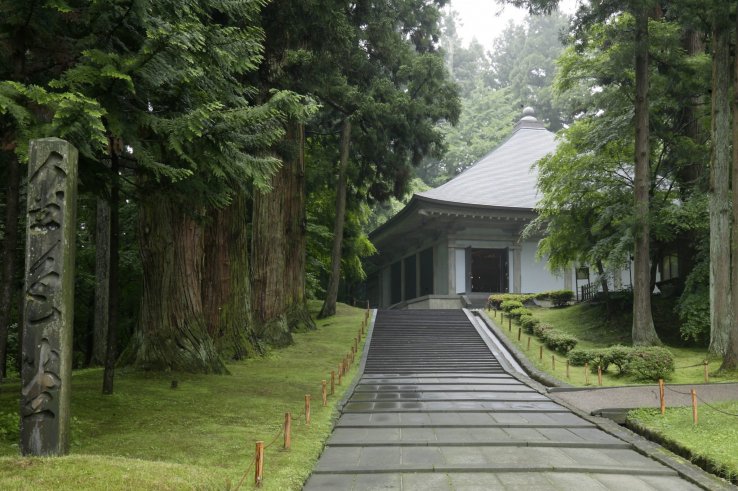
Worth visiting in Iwate:
Ski resort Appi Kogen. One of the best winter resorts in the Tohoku region. Here the ski season lasts until May.
Ryusendo Cave with incredible natural rocks and beautiful underground springs.
Jodogahama Beach is one of the best beaches on the northern coast of Japan. Here you can take a walk and admire the beautiful scenery, take a ride on a cozy boat or try fresh seafood at Miyako Market.
Sanrikyu Fukko National Park is a wildlife park on the Pacific coast, which occupies about 220 km of the coastal zone. And in the local cafes they serve very tasty and fresh sushi.
Food in Iwate
Wanko soba – bowls of soba noodles. They are served in 9 pieces and complement the dish with pickles, tuna sashimi, chopped walnuts, mushrooms, iwabi and salmon caviar.
Reimen – potato noodles with beef, cucumber, kimchi (spicy pickled cabbage), boiled egg and pieces of fruit – watermelon, pear or apple.
Jajyamen – stuffed meat with miso bean soup. Complemented with cucumber, ginger, garlic and chili.
Abalone Clams – Served raw like sashimi, fried or baked like steak with soy sauce and butter. Pairs well with white wine and sake.
